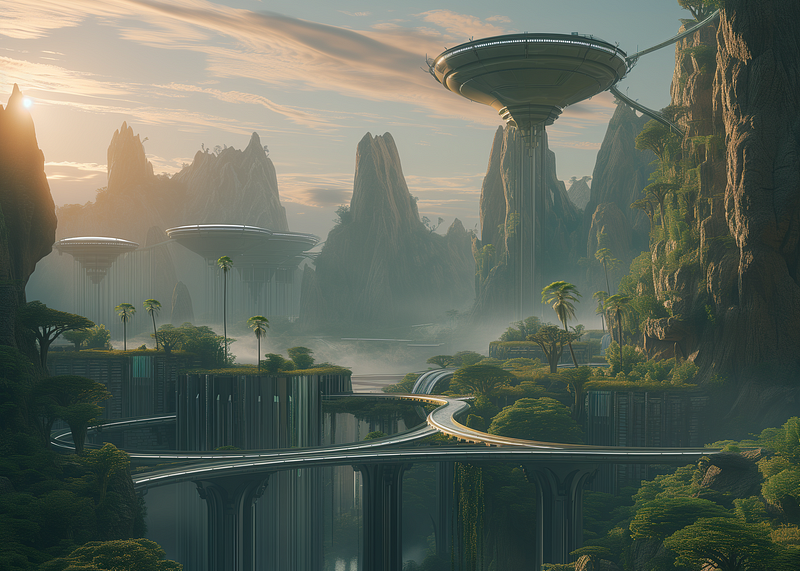
THANK YOU FOR YOUR REQUEST
Thank you very much for your interest in EIDETIC MARKETING.
We look forward to working with you.
We will contact you soon.Thanks Again.

THERE WAS A PROBLEM WITH YOUR SUBMISSION.
Have you checked all the required fields?
We want you to write your Company, Name, E-mail, Budget, Country to Execute, Website URL, Wanted Services and Project Description.Thanks.
Monthly Archives: February 2024
AI’s Impact on the Design Landscape
February 1, 2024
[EIDETIC INSIGHT] AI’s Impact on the Design Landscape
by Luke Song
In the dynamic landscape of design, the integration of Artificial Intelligence (AI) stands as a transformative force, reshaping traditional approaches and propelling the field into new realms of innovation. As we explore the intricate interplay between AI and design, a nuanced understanding of key trends unveils the profound impact of technology on creative expression and user experiences.
01. Widespread Use of Generative Design
Generative AI has sparked a paradigm shift in art and design, evident since Midjourney’s groundbreaking win at a 2022 art contest. This pivotal moment marked the dawn of AI’s creative prowess, challenging conventional notions of authorship and inspiration. Midjourney’s capabilities have improved since then and has become prolific in the design scene. Even esteemed firms such as Zaha Hadid Architects has admitted to using Dall-E 2 and Midjourney in their ideation phase.
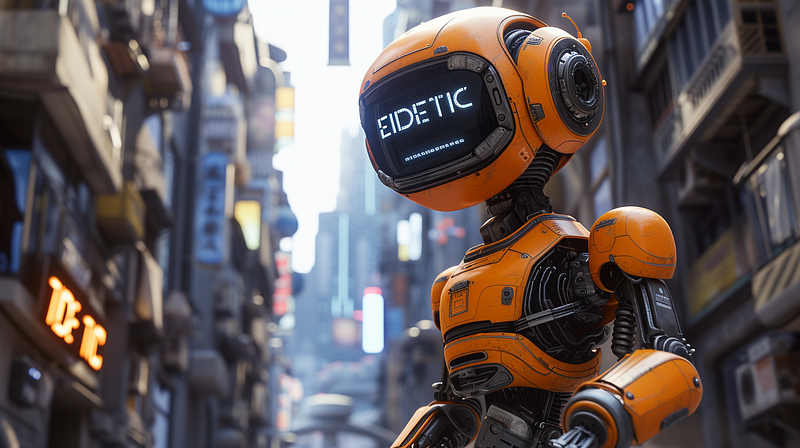
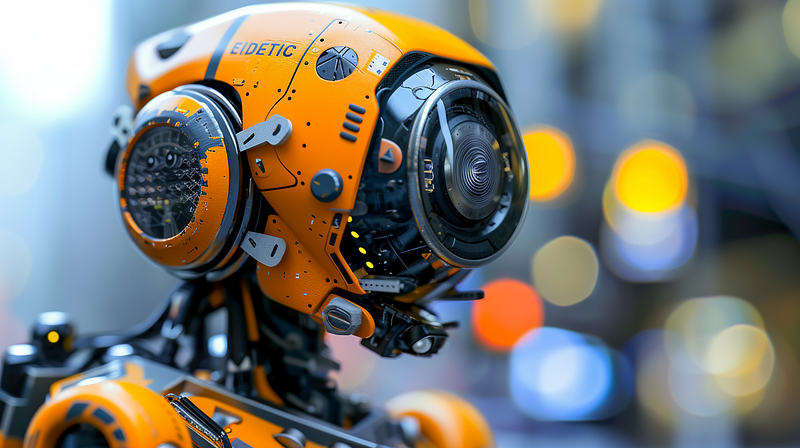
As examples showcasing generative AI’s capabilities,
we generated these images of a robot donning our company name and color.Moreover, tools like Autodesk’s Fusion 360 Generative Design democratize design exploration, empowering creators across disciplines to unlock novel solutions to complex challenges. By fusing AI algorithms with user-defined constraints, the design process accelerates, fostering a culture of experimentation and discovery. Platforms like Runway pave the way for text-to-video generation, promising unprecedented creative possibilities in digital content creation.
02. Personalized Experiences in User Interface Design
AI-driven personalization is revolutionizing user interface design, offering tailored experiences that resonate with individual preferences. From Netflix’s sophisticated recommendation engines to dynamic e-commerce interfaces, AI algorithms analyze user behavior to curate content and optimize interactions. This level of customization enhances user satisfaction and cultivates deeper engagement and brand loyalty.
Exploring AI techniques such as collaborative filtering and natural language processing unveils the intricate mechanisms underpinning personalized experiences. As designers navigate ethical implications regarding data privacy and user consent, transparency and accountability remain paramount in fostering trust and integrity in UI design.
03. Automation and Efficiency in Product Design
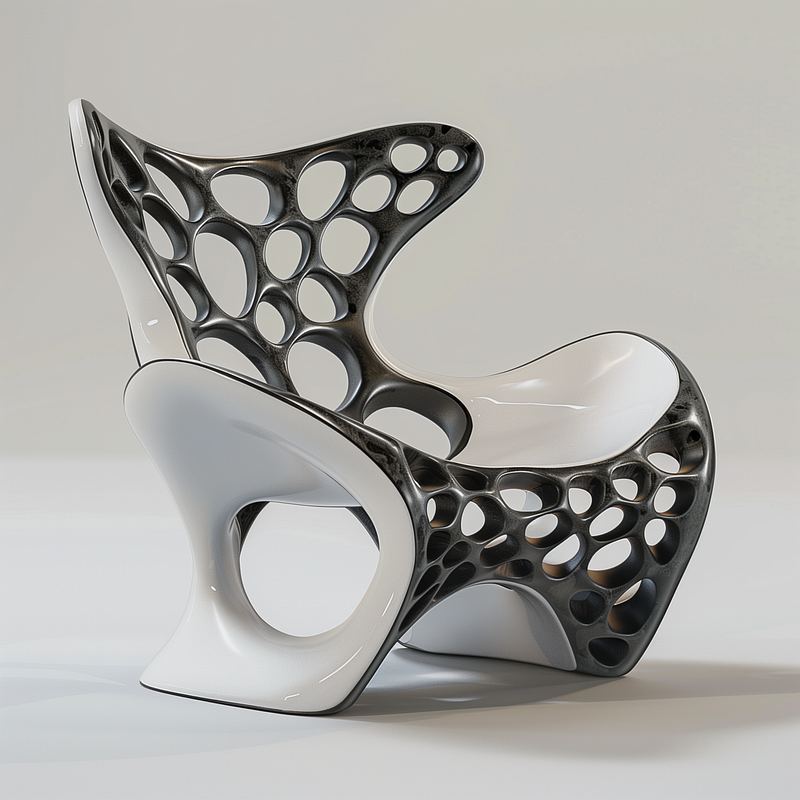
Topology optimization starts with a human-designed model and systematically removes material to achieve an optimal design that satisfies specific constraints such as weight and structural integrity
In product design, AI serves as a catalyst for efficiency and innovation, streamlining workflows and accelerating time-to-market. Siemens’ NX software exemplifies this trend, integrating AI-driven features like generative topology optimization to empower designers with actionable insights and iterative capabilities. By automating repetitive tasks and harnessing predictive analytics, AI enhances the creative process, allowing designers to focus on strategic decision-making and problem-solving.
04. AI in Experiential Marketing
In the realm of experiential marketing, AI is pushing the boundaries of what brands can achieve, blurring the lines between the digital and physical worlds. Agencies like Jack Morton Worldwide and Invisible North are leveraging AI to create immersive brand experiences that captivate audiences and drive engagement.
From AI-powered chatbots to AR/VR experiences infused with AI-led technologies, brands are embracing AI to create impactful storytelling experiences. By harnessing the power of AI, marketers can create personalized, immersive experiences that resonate with audiences on a deeper level, driving brand affinity and loyalty.
As marketers navigate the evolving landscape of AI in experiential marketing, ethical considerations remain paramount in safeguarding consumer trust and privacy. By prioritizing transparency and inclusivity, brands can leverage AI to create authentic and impactful experiences that resonate with diverse audiences.
05. Collaborative Intelligence in Design
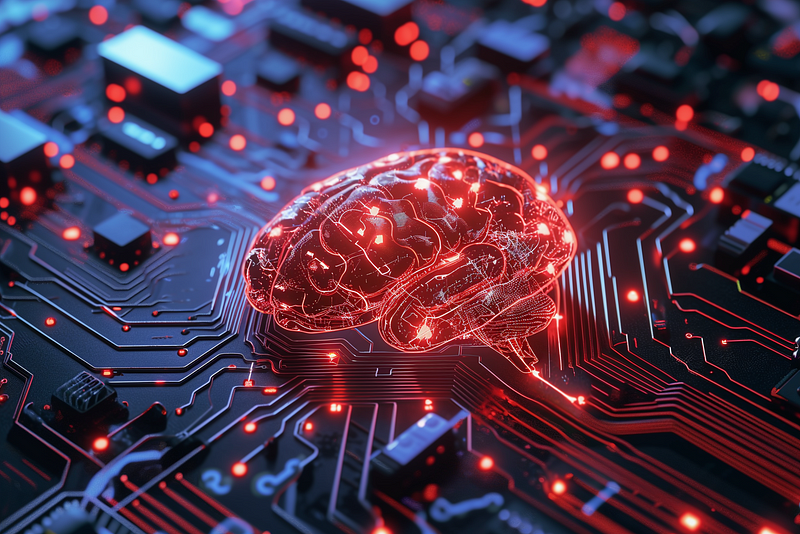
IBM’s Watson Design AI embodies collaborative intelligence, where human designers collaborate with intelligent systems to co-create innovative solutions. By leveraging AI-driven insights and recommendations, designers gain new perspectives and uncover hidden opportunities for creativity and innovation. This collaborative approach fosters a culture of exploration and experimentation, driving meaningful change in design practices and outcomes.
As AI continues to reshape the landscape of design, ethical considerations remain at the forefront of innovation. Tools like Google’s Perspective API exemplify the importance of ethical design practices in AI-driven solutions, promoting fairness, transparency, and accountability in digital spaces. (AI’s Impact on the Design)
06. Challenges and Ethical Considerations
Implementing Generative AI poses challenges, including data biases and ethical concerns. Ensuring fairness, transparency, and accountability is essential to mitigate these risks. Concerns regarding job displacement and creative originality also prompt discussions, highlighting the need for ongoing dialogue and proactive measures to address these challenges.
07. The Future of AI and Human Creativity
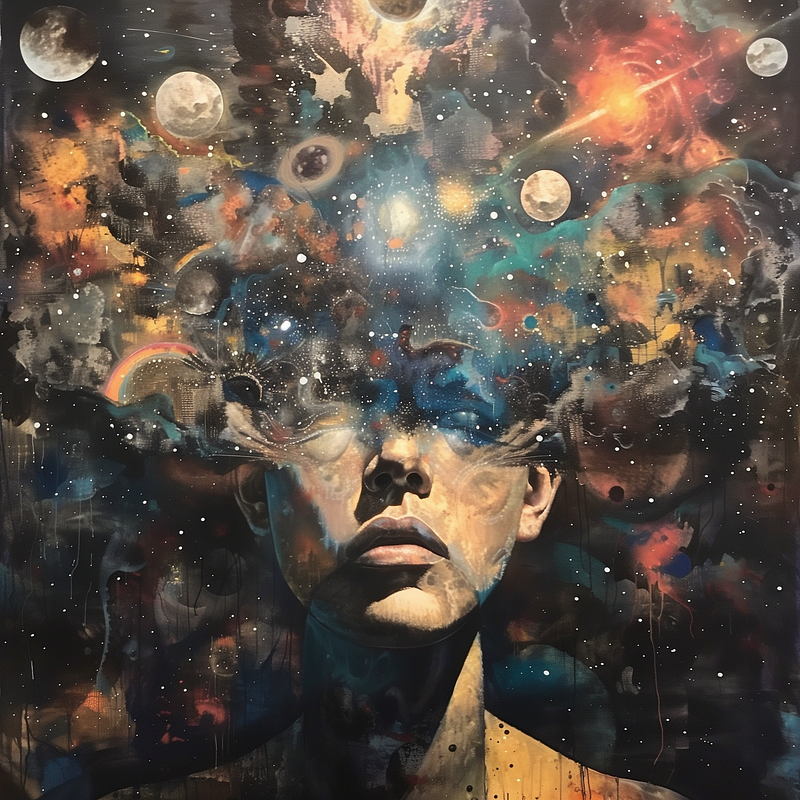
What does the future hold for human creativity?
Looking ahead, Generative AI is poised for significant advancements, with systems becoming more sophisticated and creative. Future developments may include AI seamlessly collaborating with humans in creative processes, more intuitive user interfaces, and AI systems interpreting human emotions to create personalized content. The convergence of Generative AI with emerging technologies like quantum computing could lead to unprecedented levels of efficiency and creativity.
While AI continues to advance at a rapid pace, experts agree that humans will remain essential in the creative process. As AI enhances creativity and enables new possibilities, it’s the human element that adds depth and meaning to experiences. Human-AI collaboration, as seen in projects like Deeplocal‘s AI-powered musical instrument, exemplifies how technology can enhance, rather than replace, human creativity.
As AI continues to reshape the landscape of design and experiential marketing, the future holds endless possibilities. From generative design tools that unlock new realms of innovation to AI-powered personalization that enhances user experiences, the transformative potential of AI in design is vast and profound. By embracing AI as a partner in the creative process, designers and marketers alike can unlock new avenues of exploration and drive positive change in the world of design and beyond. (AI’s Impact on the Design)



